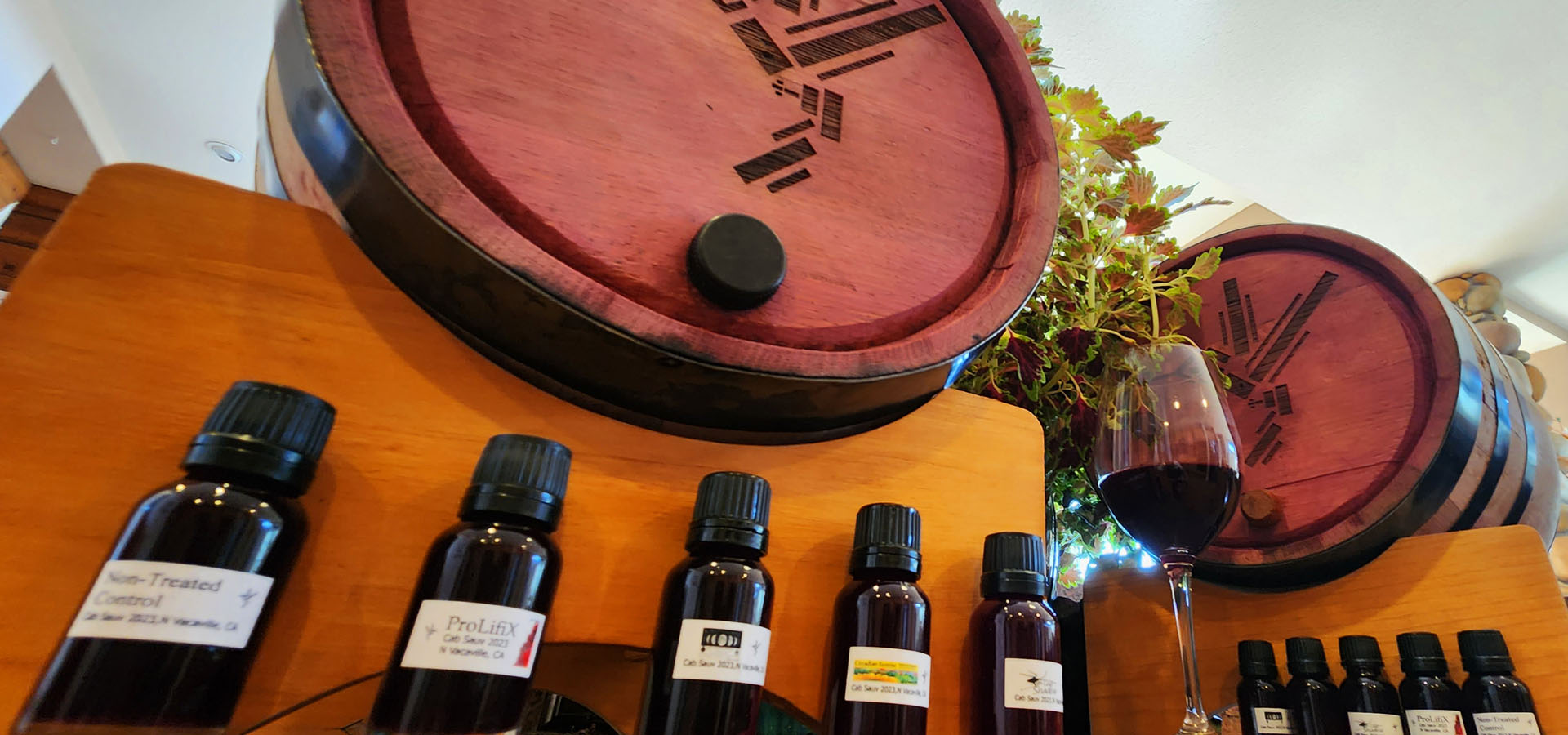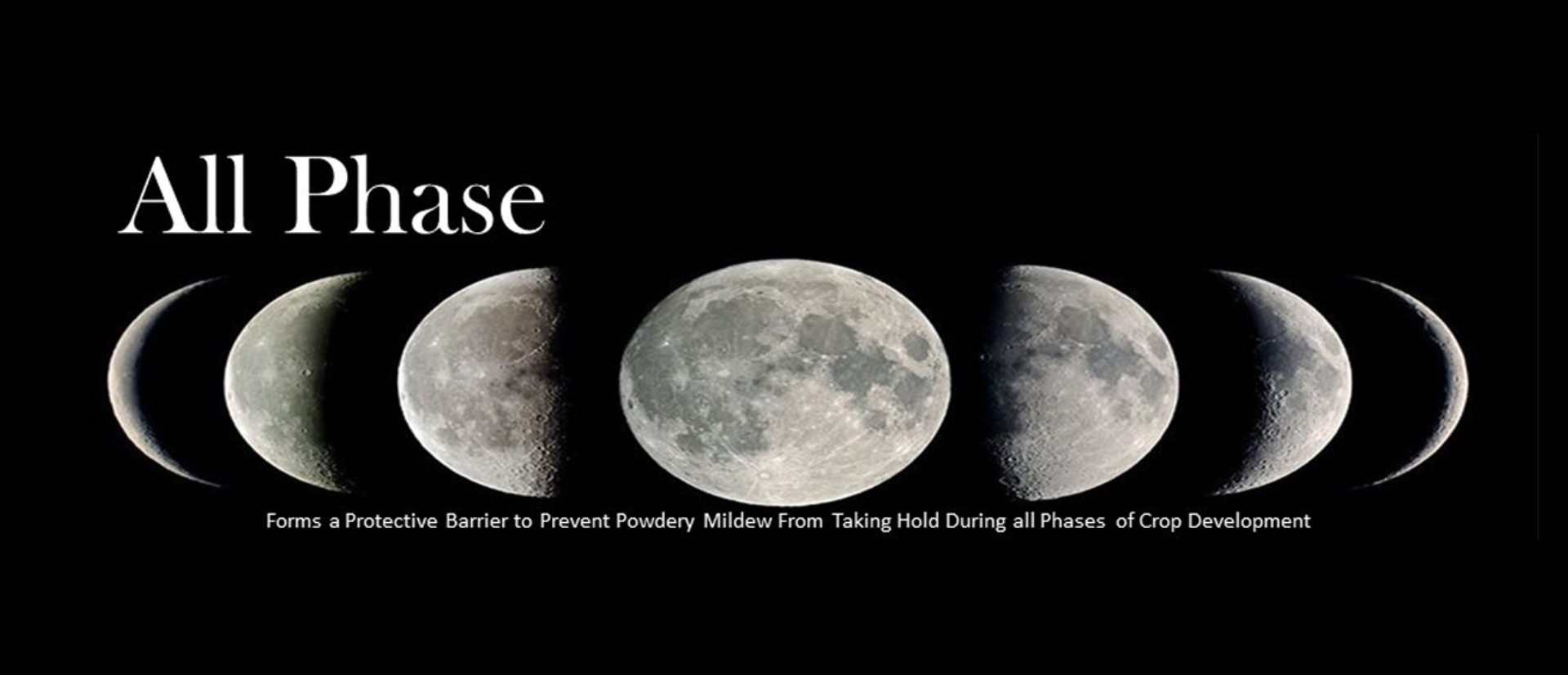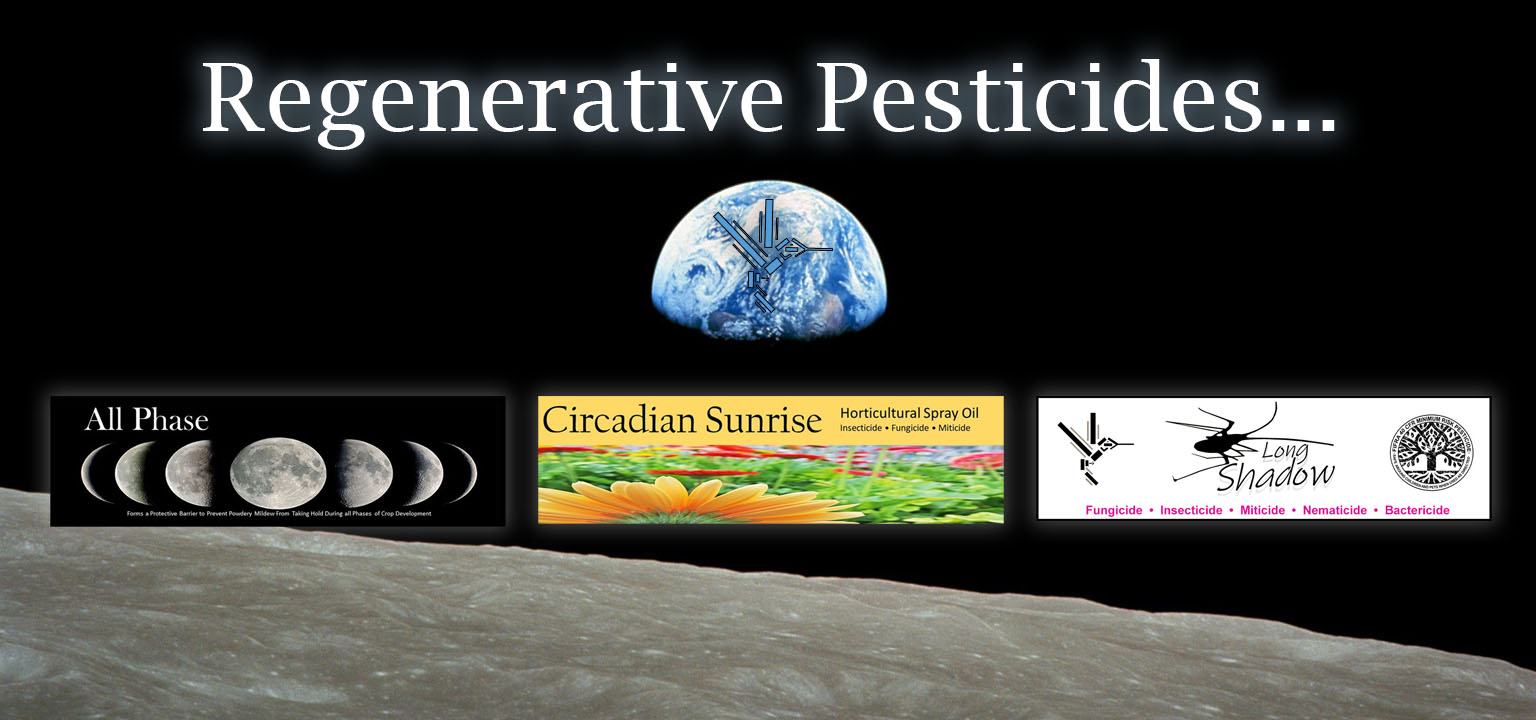Circadian Crop Sciences’ regenerative pesticides were sprayed on Cabernet Sauvignon grapevines at a vineyard located between Vacaville and Winters California. A section of the vineyard was divided into five different treatments: 1. All Phase (10 gm/gal), 2. Circadian Sunrise (3 oz/gal), 3. Long Shadow (1 oz/gal), 4. Prolifix (2 oz/gal), and 5. Non-treated Control had no pesticide treatments, not even sulfur. Applications were made on the mornings of July 13, July 26, and August 9th with sprays focused on saturating bunches followed by a more cursory spray of the canopy from either side. All treatments were harvested on September 4th. In the field the Brix of the juice of ten grapes from ten different vines were measured with a refractometer (Table 1). Following the crush, the pH of all treatment was approximately 3.6 and Brix were measure using specific gravity (Table 1). Potassium metabisulfite was added to kill wild yeast.
Table 1 – Brix of Treatments
| Treatment | Brix at Harvest
Field M |
Brix After Crush | Brix 24 H After Crush | Brix 42 H After Crush |
| Control | 19.6 | 23.0 | 24.0 | 24.0 |
| All Phase | 22.0 | 22.5 | 24.0 | 24.0 |
| Long Shadow | 20.0 | 21.0 | 22.5 | 22.8 |
| Circadian Sunrise | 22.0 | 23.0 | 24.0 | 24.1 |
| Prolifix | 23.0 | 23.0 | 25.5 | 25.5 |
Fermentation of all treatments began on September 6th by activating ICV-D254 yeast with GO-FERM and adding Fermaid K to the must with the inoculation. Fermaid K was added again to each batch when the fermentation was 1/3 completed. Throughout the fermentation the must was punched down at least every four hours. On the afternoon of September 8th, the Brix of all treatments were down to 3.5 to 5.0 and the fermentations had slowed considerably. Malic acid fermentation was initiated by adding Viniflora oenos to water with ACTI ML. Activated yeast was added to batches along with Opti Malo Plus. The packet of yeast, good for 66 gallons of must, went into approximately 33 gallons of must. On September 14th, pH was adjusted to approximately 3.5 for each batch. On September 15th, each batch was racked and sulfite was measured using a Vinmetrica SC-300 Kit and found to be absent from each batch. On September 20th, each batch was racked and then potassium metabisulfite was adjusted to approximately 40 ppm. On September 24th, sample bottles were filled from each batch, and on September 25th the remaining wine was placed in barrels to age.
Preliminary Conclusions.
The primary objective of the test was to see if applications of Circadian Crop Sciences’ pesticides would negatively impact wine quality, thus pesticides were not applied at optimal rates and under the best environmental conditions. All Phase was applied at a concentration three times over what would be needed to control powdery mildew. Circadian Sunrise was applied at its maximum labeled rate, which is also three times that needed to control powdery mildew. Long Shadow was applied at twice the rate necessary to control powdery mildew. Prolifix was applied at twice the recommended rate. At the time of bottling no off odors or flavors were detected with any of the treatments. No obvious differences in wine color were observed between the treatments. When accounting for color, taste, and smell, subtle differences were found between treatments. Cinnamon oil in Long Shadow may have negatively impacted Brix under the application rate and conditions of the study, but no scent of cinnamon was detected in wine. Antioxidants and triacontanol in Circadian Sunrise and Prolifix may have improved the wine quality in terms of Brix and nose. In this test the pesticides were sprayed at high rates and on days that climbed into triple digit temperatures. This likely caused undue stress, especially from applications of Long Shadow (30% cinnamon oil), which could account for the lower Brix of Long Shadow treated vines. High temperatures on application days likely caused some stress with Circadian Sunrise (10% mint oil) treated vines, though the resultant wine turned out subjectively better than non-treated vines with no hint of peppermint. Temperatures on days of applications likely had little induced stresses from Prolifix and All Phase applications. Brix levels of Prolifix treated vines were noticeably higher than any other treatment. Despite having a test set up to reveal potential negative effects of treatments, some of the treatments may have benefitted the quality of winegrapes. A test to optimize winegrape quality would start with treatments earlier in the growing season and with a higher degree of attention to environmental conditions forecast on application days.
Evaluating such young wines is best left to professionals with an experienced nose. Over the course of the next several months we plan on getting samples to winemakers in the hopes of getting their feedback and compiling that information to see if there truly are any clear differences in wine quality as a result of the treatments.




